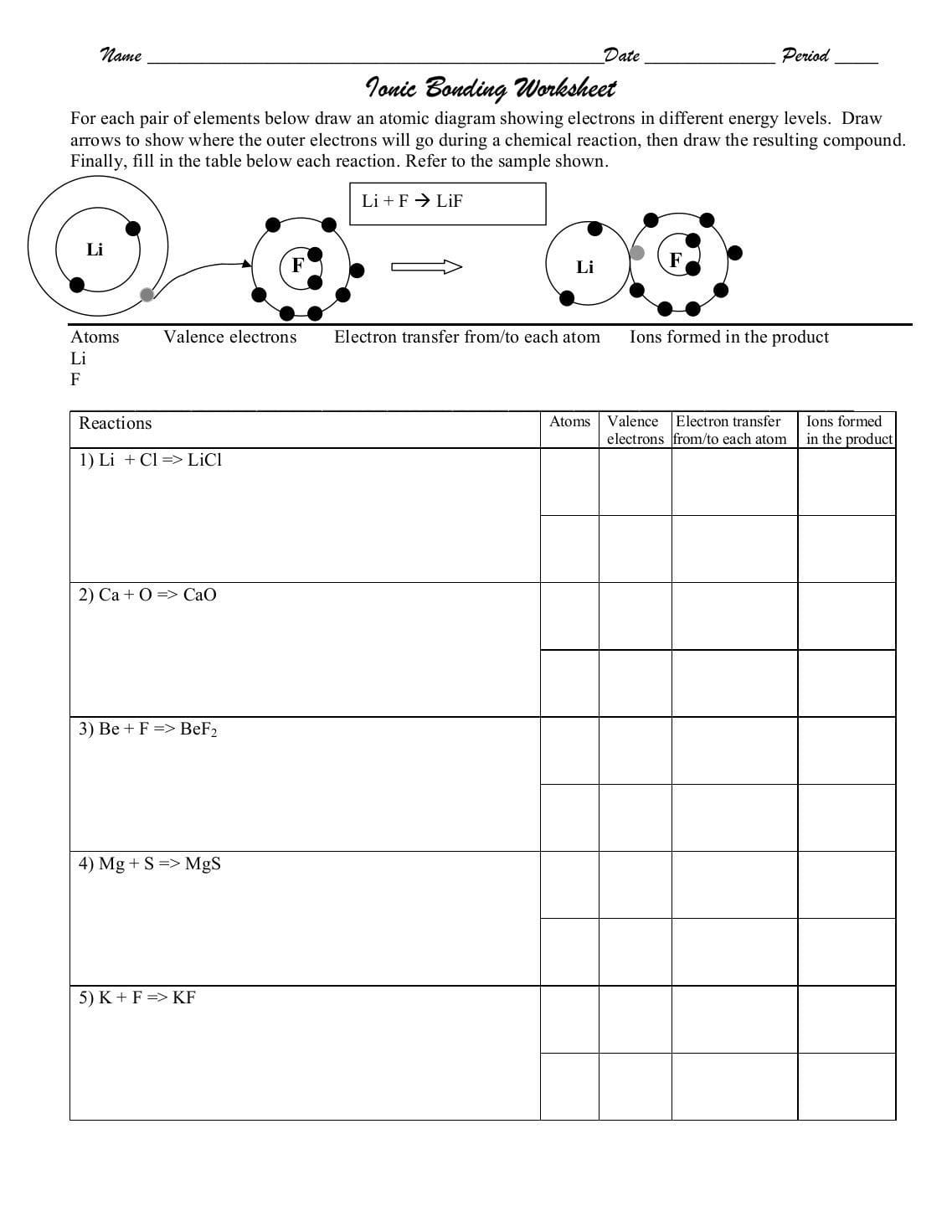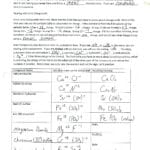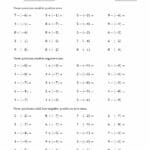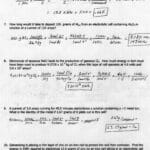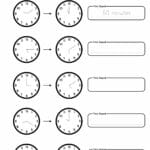Hey there, future chemists! Ever wondered how those complex chemical names come about? Don’t worry, it’s not magic! Naming ionic compounds is like learning a secret code, and with this guide, along with some awesome free printable worksheets and interactive resources, you’ll be cracking that code in no time. Let’s dive in and uncover the fascinating world of ionic compound nomenclature!
Decoding the Secrets of Ionic Compounds
So, what exactly are ionic compounds? Picture this: a metal and a nonmetal meet. The metal, feeling generous, donates some electrons (those tiny negative particles) to the nonmetal, which gladly accepts. This exchange transforms them into charged particles called ions. The metal becomes a positive ion (a “cation”), and the nonmetal becomes a negative ion (an “anion”). These opposite charges attract, forming an ionic compound – a perfect chemical bond! Explore more about reducing fractions worksheet to see how similar principles of balance apply in mathematics.
Naming the Chemical Couples: A Step-by-Step Guide
Naming these chemical pairs is surprisingly straightforward. It’s like introducing two friends:
Introducing the Metal (Cation): For metals like sodium or potassium, just use the element’s name. Easy! But for transition metals like iron or copper, which can have different charges (like multiple personalities), we use Roman numerals after their name to specify the charge. For example, iron(II) has a +2 charge, while iron(III) has a +3 charge.
Introducing the Nonmetal (Anion): For nonmetals, take the element’s root name and add “-ide.” Chlorine becomes chloride, oxygen becomes oxide, and so on. We also have polyatomic ions – groups of atoms acting as a single ion, with their own special names like sulfate, nitrate, and carbonate.
Putting it All Together: Combine the cation and anion names, cation first. Sodium and chloride become sodium chloride (table salt!).
Practice Makes Perfect: Free Worksheets to the Rescue!
Ready to test your skills? Our free printable worksheets offer practice at different levels, from beginner to advanced. These worksheets are designed to help you master naming ionic compounds and writing their formulas.
St. Francis Preparatory School: Their 5-page “Naming Ionic Compounds Practice Worksheet” covers both ionic and covalent compounds, offering mixed practice on naming and formula writing. [Direct link to St. Francis PDF should be included here].
Hinkson Chemistry: This worksheet focuses specifically on “Forming and Naming Ionic Compounds,” challenging your knowledge of charges, formulas, names, and ionic compound types. [Direct link to Hinkson Chemistry PDF should be included here].
Science Notes and Projects: This comprehensive guide provides rules, examples, and a downloadable worksheet with an answer key. [Direct link to Science Notes and Projects PDF should be included here].
Conquering the Tricky Bits: Transition Metals and Polyatomic Ions
Transition metals with multiple charges and polyatomic ions can be tricky. Our worksheets and linked resources walk you through determining charges and using Roman numerals correctly. Handy lists of common polyatomic ions and their charges are provided. Some experts suggest learning these in small groups. Check out Tes’s GCSE-focused worksheet, which helps you derive formulas from names and vice versa using a list of ions.
Learning Made Fun: Interactive Exercises and Video Tutorials
Who said learning can’t be fun? Interactive exercises and video tutorials bring these concepts to life.
Video Tutorials: Videos from resources like The Organic Chemistry Tutor and Tyler DeWitt offer clear explanations and examples, including those covering transition metals and polyatomic ions. [Direct links to relevant videos from The Organic Chemistry Tutor and Tyler DeWitt should be included here].
Interactive Worksheets: We’re developing our own interactive worksheet with instant feedback and adaptive difficulty. Stay tuned!
Check Your Progress: Quizzes and Self-Assessment
Track your progress and identify areas for review using our quizzes and self-assessment tools. My Chemistry Class provides excellent fill-in-the-blank exercises for this purpose. [Link to My Chemistry Class resources should be included here]. Remember, learning is a journey.
Why Practice Matters: Unlocking Your Potential
Worksheets and practice problems are your secret weapons for mastering ionic compound nomenclature. They bridge theory and practice, offering a personalized learning experience. Free resources make learning accessible to everyone, and interactive elements enhance engagement. Research suggests that repeated practice with immediate feedback is likely to improve learning outcomes. Some experts even believe personalized learning paths could lead to better retention.
The Power of Naming: Benefits Beyond the Basics
Mastering ionic compound nomenclature goes beyond memorization. It strengthens your understanding of core chemical concepts, fostering clear scientific communication. This skill is fundamental for future chemistry studies and has practical applications in diverse fields, from medicine to environmental science. It also improves logical thinking, which helps in other subjects and everyday life. Laney College offers further resources on cation/anion charges, polyatomic ions, and Roman numerals. [Link to Laney College resources should be included here].
Key Takeaways: Your Ionic Compound Toolkit
- Nomenclature Rules: Master the rules, including those for transition metals and polyatomic ions.
- Worksheet Types: Explore various worksheet formats catering to different skill levels.
- Video Integration: Utilize video tutorials for enhanced understanding.
- Practice Problems: Reinforce learning with practice and solutions.
- GCSE Relevance: Apply this knowledge to the GCSE curriculum.
While much of what we know about nomenclature is well-established, ongoing research in areas like complex coordination compounds continues. This suggests our understanding might evolve. So keep learning, and explore the fascinating world of chemistry!
- Unlock Elemental 2 Secrets: Actionable Insights Now - April 2, 2025
- Lot’s Wife’s Name: Unveiling the Mystery of Sodom’s Fall - April 2, 2025
- Photocell Sensors: A Complete Guide for Selection and Implementation - April 2, 2025
